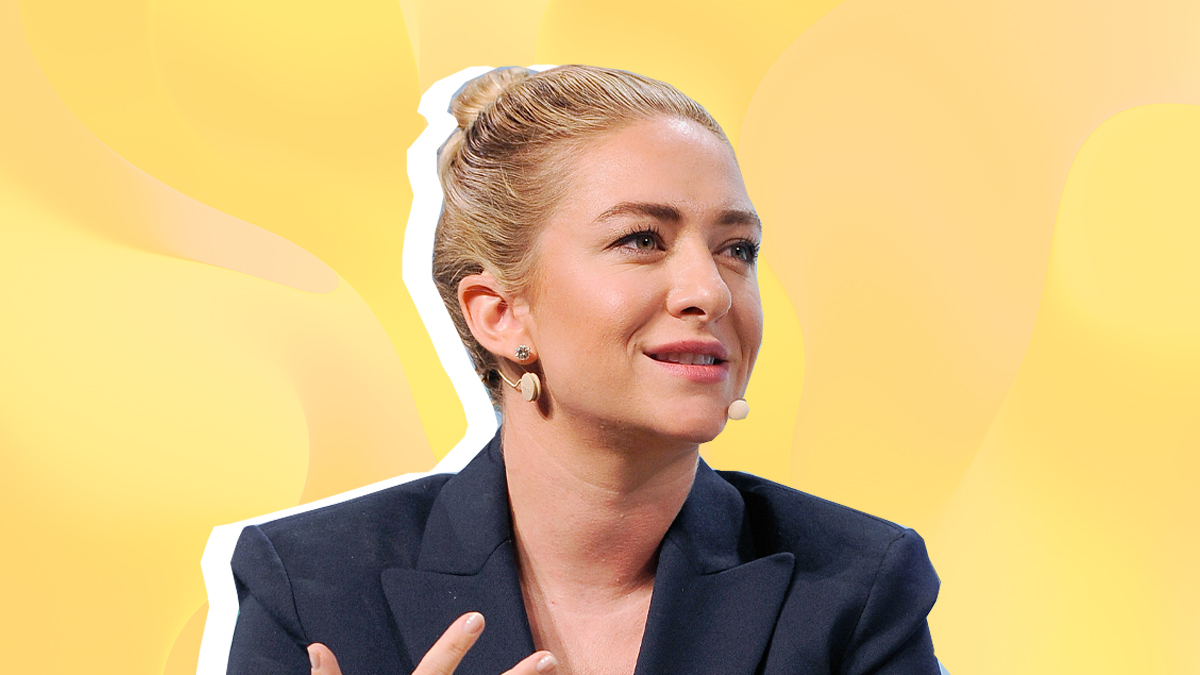In the past, people posted what they wanted in a potential partner in newspapers. Today, you can find your match with a swipe.
Here’s the brain behind Bumble.
In simpler terms, the traditional methods of dating have been replaced by new, more effective ways to find your match. In the past, people posted what they wanted in a potential partner in newspapers. There was usually a column for this, with the captions that read ‘single and ready to mingle’ and ‘looking for a love match (inserts cupid arrow over a heart symbol).”
Technology has advanced in this aspect and there are more platforms for this purpose that have been created with women in mind. Dating apps are a relatively new phenomenon. While they have helped many people connect with other singles for years, some daters have raised alarm bells about the environment they breed. This is especially the case for women, who experience a disproportionate amount of harassment and abuse on the platforms, most often from straight men. There are a select few apps that focus on creating safer environments for women. Bumble is one such app. It is a social, networking and dating app focused on women.
After her experiences in toxic relationships and as a witness to how misogynistic the tech industry is, Whitney Wolfe Herd decided to build the kind of dating site that she wanted to see for women. Wolfe Herd created Bumble to curate a digital safe space for women to allow them to connect with potential partners on their terms. Regular dating apps might have been created with women in mind but most of these apps set women up for abuse and harassment. What sets Bumble apart from other dating apps is the design as women have the option to decide who they want to chat with. This means that only female users can start a conversation after a match on the platform. The future of dating is in the hands of women. Literally!
Whitney Wolfe Herd was born in Salt Lake City, Utah. She attended Southern Methodist University, Texas where she majored in international studies. Before starting Bumble, she was the co-founder and vice president of marketing at Tinder. She was the mind behind the name of the app, as it was formerly called MatchBox, and the company’s brand logo.
In June 2014, she left the team and then sued Tinder for sexual harassment and discrimination. Her former boss and ex-boyfriend Justin Mateen had called her a “whore” and “gold digger” in a series of abusive and derogatory text messages after they broke up. The company had stripped her of her cofounder title during this period. Wolfe Herd recounted in the interviews before she launched Bumble, that this experience inspired her to start her own dating site for women only and in December 2014, Bumble went live.
A study from the Pew Research Center (2017) found that 36 per cent of people on dating apps found the interactions “either extremely or very upsetting”. The 2020 Pew Research Center study confirms that women experience some form of harassment on dating sites and apps more than men. Women are often targeted by men on these sites. Women often receive unsolicited and inappropriate pictures from men. Teen girls have reported this unfortunate occurrence one too many times. The culture of harassment and abuse of women on dating sites had become so normalised until Bumble came into the scene, generating more than 22 million registered users with over 70 per cent growth year-over-year to Tinder’s 10 per cent.
Not looking for dates? That’s okay, as there is a BFF feature for women who are not on the Bumble for love. Wolfe Herd created a feature where users can join communities of their choice. Users can determine how to use their accounts based on what they are looking forward to at the moment. It could be a career or friendship.
In 2020, Bumble, introduced Artificial Intelligence (AI) to blur specific images and require user consent before viewing them. Users have to verify photos uploaded on their profile with a user-provided selfie to reduce catfishing and abuse.
Shirtless mirror selfies, you say? Not on the bee’s watch.

Leave a Reply